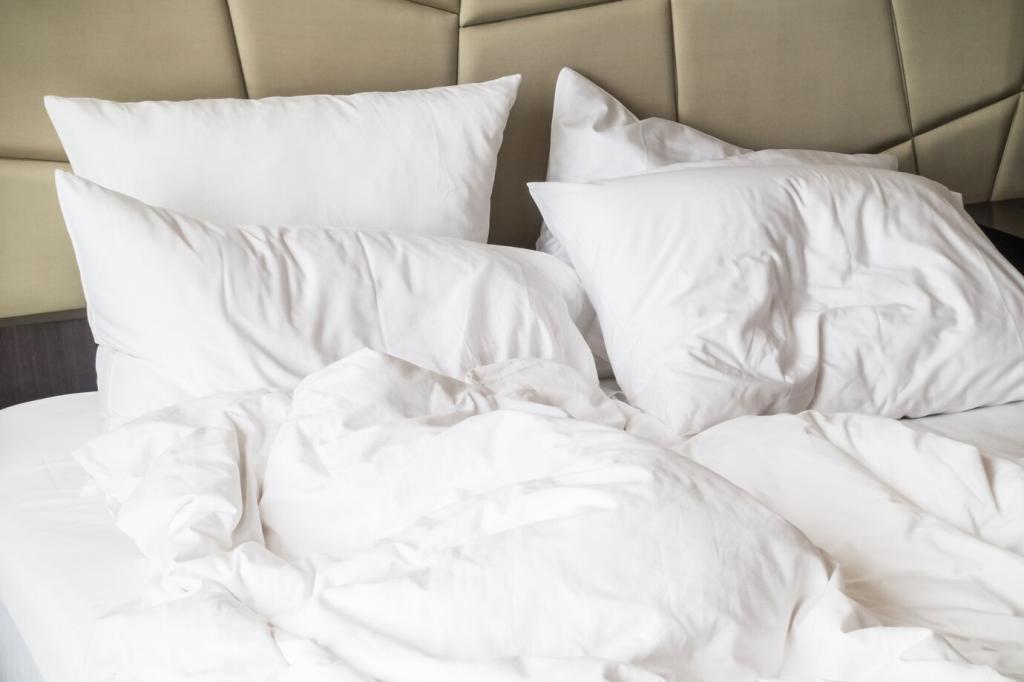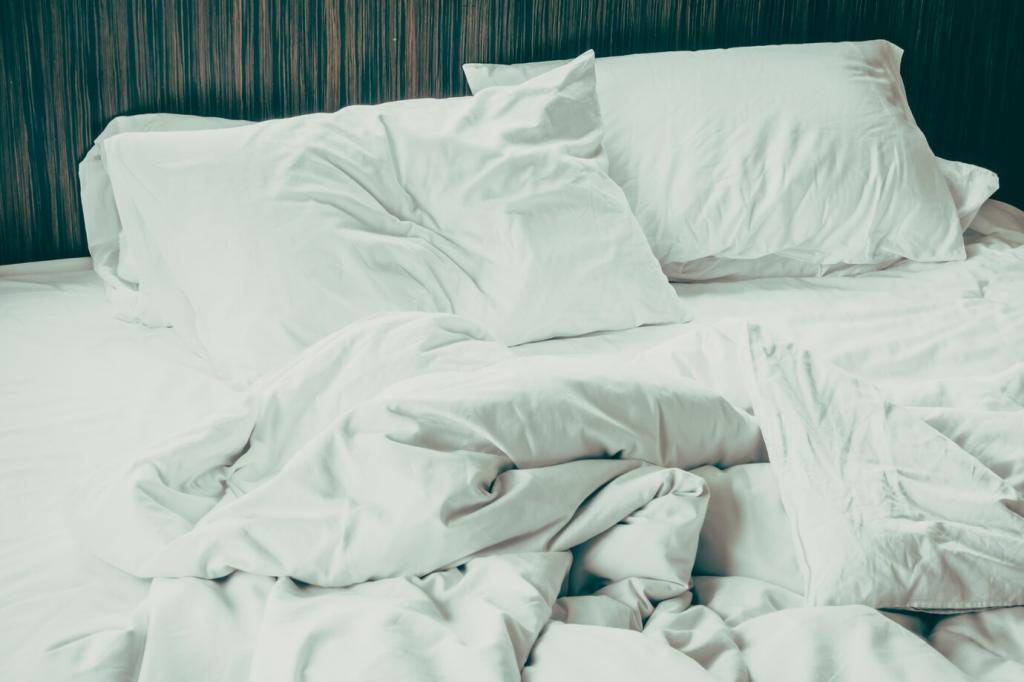Sustainability and Welfare Considerations
Organic mulberry cultivation shuns synthetic pesticides, protecting soils and waterways. Responsible dyehouses reduce salt loads and manage effluent. While silk is protein-based and resource-intensive, careful processing and lower-chemical approaches can meaningfully reduce impacts across the fabric’s full life cycle.
Sustainability and Welfare Considerations
Peace or Ahimsa silk allows moths to emerge, prioritizing welfare but shortening fibers. The result feels different—less lustrous, more cottony—and comparisons should weigh ethics, hand-feel, and durability together. Engage respectfully with these trade-offs to find your most comfortable ethical position.






